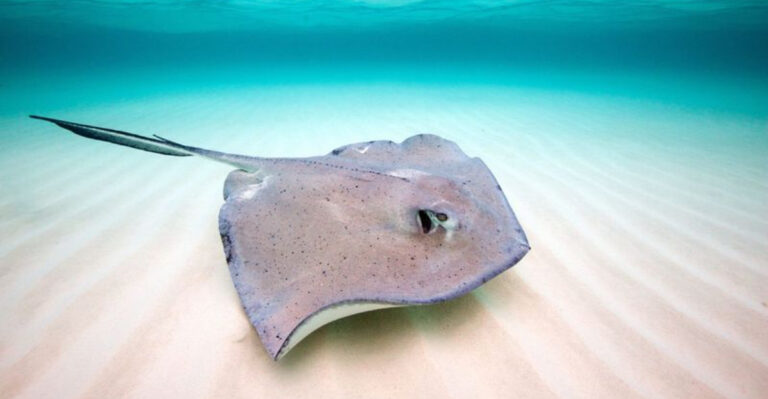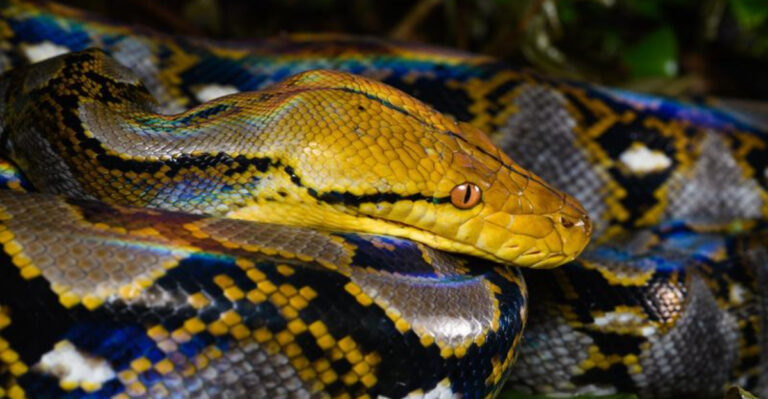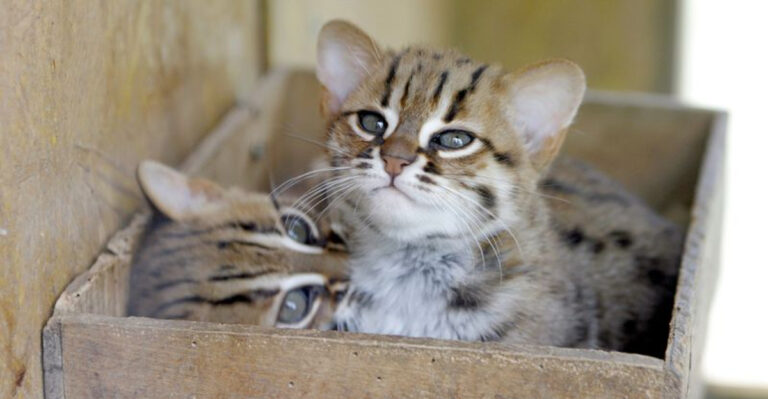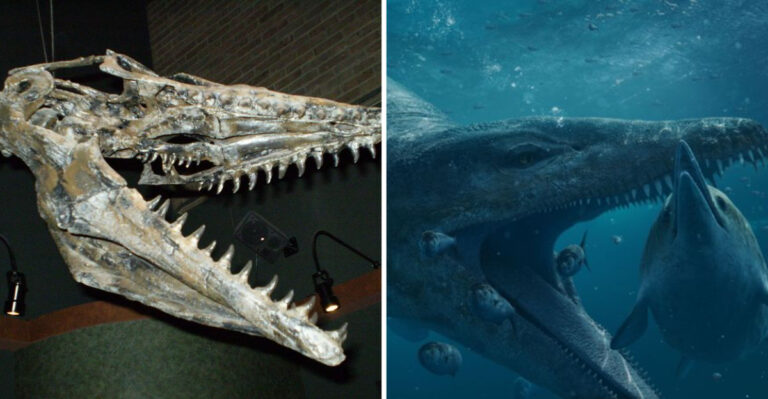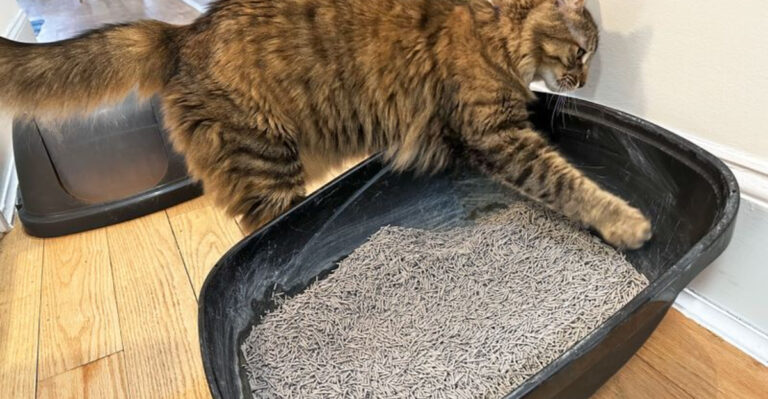15 Animals That Would Probably Make It Through The End Of The World
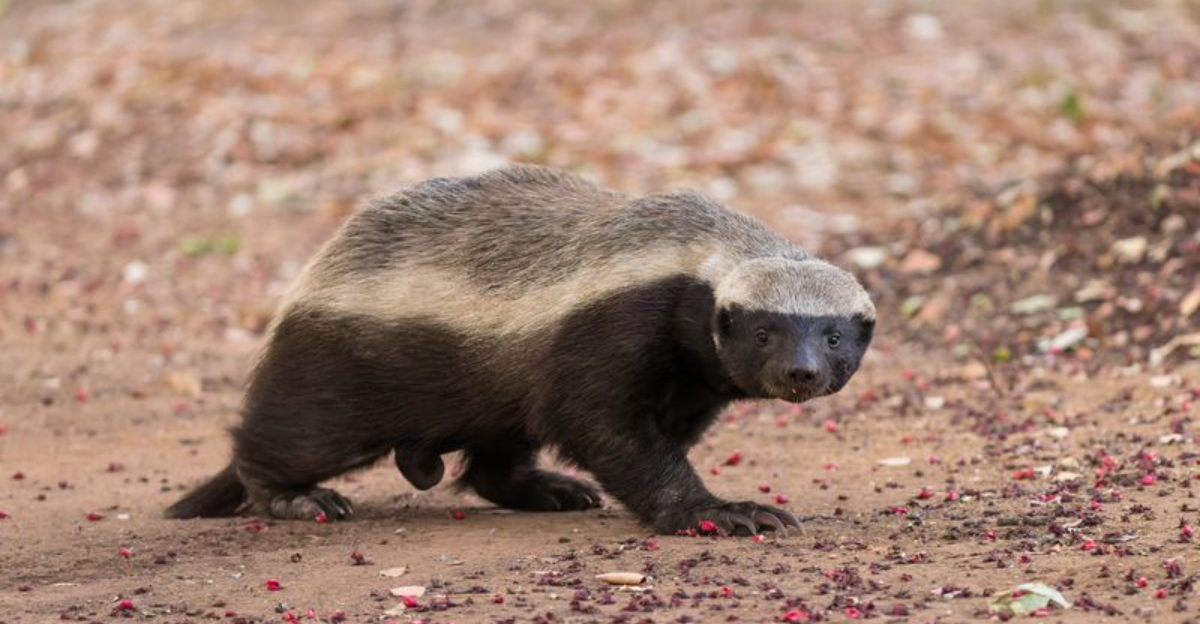
When disaster strikes and humans face extinction, certain creatures are built to weather the storm. From radiation-resistant microbes to adaptable insects, nature has equipped some species with extraordinary survival skills.
These resilient animals could inherit Earth after we’re gone, thriving in environments that would kill most other life forms.
1. Dung Beetles: Nature’s Recycling Champions
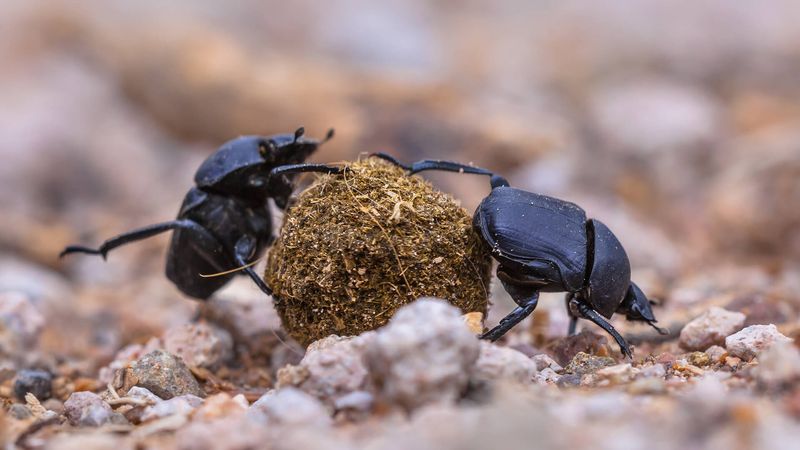
Dung beetles may owe their survival edge to one of nature’s least glamorous resources – poop. Capable of carrying over a thousand times their own weight, they turn waste into food and shelter.
As long as mammals exist, dung beetles have everything they need to thrive. Living underground and shielded by tough exoskeletons, they’re built to endure disasters that would devastate most other species.
2. Tardigrades: The Microscopic Superheroes
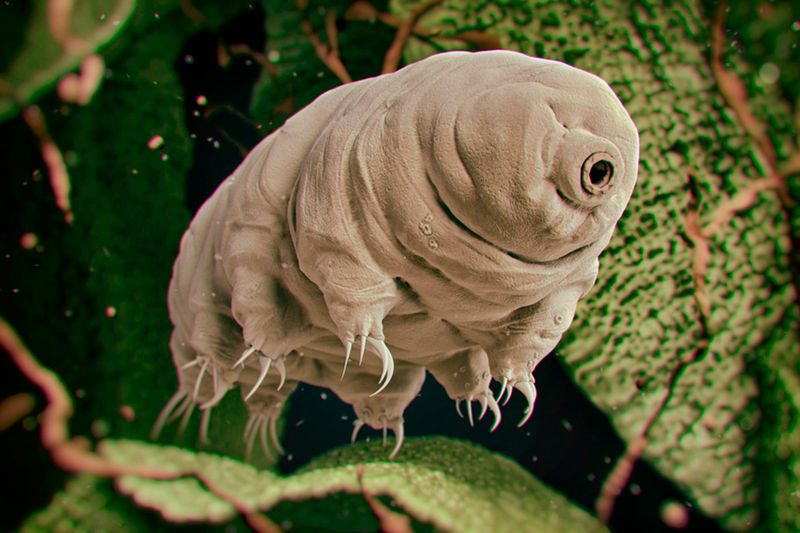
Virtually indestructible despite their tiny size, these water bears can survive being frozen, boiled, crushed, or even shot into the vacuum of space!
They enter a dehydrated state called cryptobiosis where metabolism nearly stops, allowing them to endure radiation levels 1,000 times what would kill humans. Some species have survived for 30+ years without water.
3. Cockroaches: The Ultimate Survivors
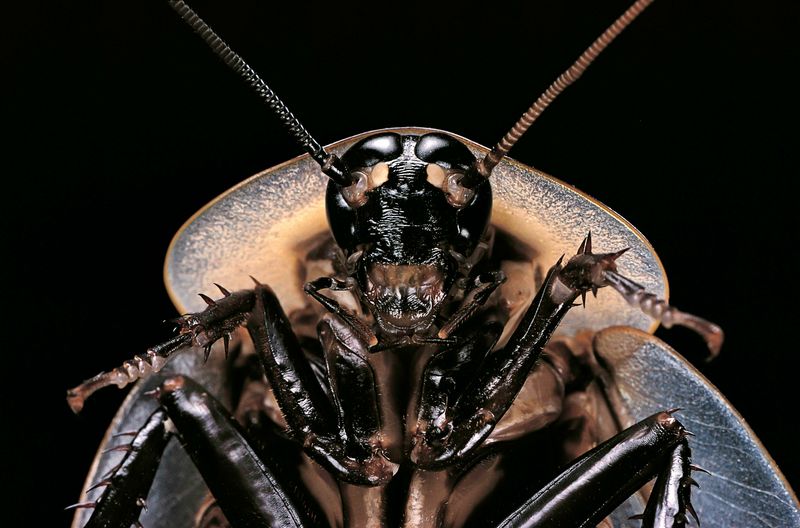
Living fossils that predate dinosaurs, these notorious insects can live without their heads for weeks and survive radiation levels that would obliterate humans.
Their simple nervous systems and slow metabolism let them go without food for months. Some species can hold their breath for 40 minutes, making them nearly impossible to drown during floods.
4. Naked Mole Rats: Underground Marvels
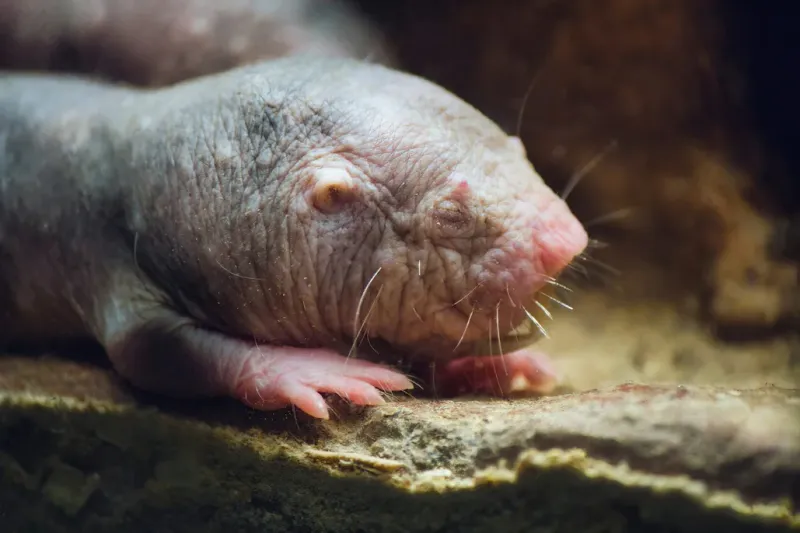
Wrinkled and buck-toothed, these bizarre rodents laugh in the face of cancer, pain, and oxygen deprivation. Their underground colonies would shield them from most apocalyptic scenarios.
Unlike other mammals, they don’t regulate body temperature and can switch their metabolism to run on fructose when oxygen is scarce, surviving 18+ minutes without oxygen.
5. Horseshoe Crabs: Living Fossils
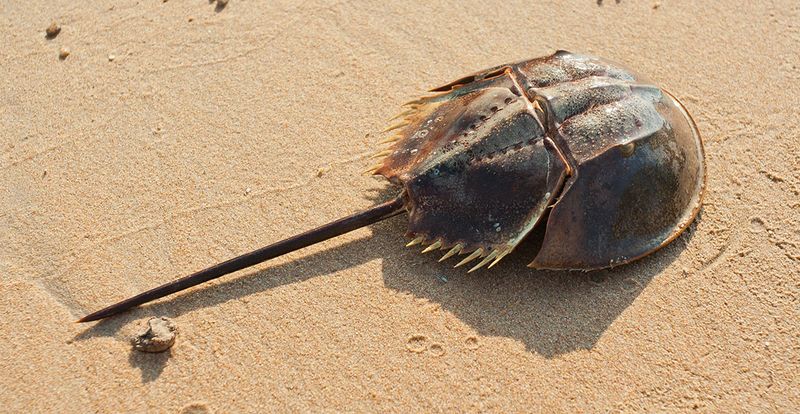
Unchanged for 450 million years, these ancient mariners watched dinosaurs come and go. Their blue copper-based blood contains special cells that detect and neutralize bacterial threats.
Having survived multiple mass extinctions already, they’ve proven their staying power. Their eggs can withstand extreme temperature fluctuations and even temporary exposure to air.
6. Deep Sea Tube Worms: Pressure-Proof Pioneers
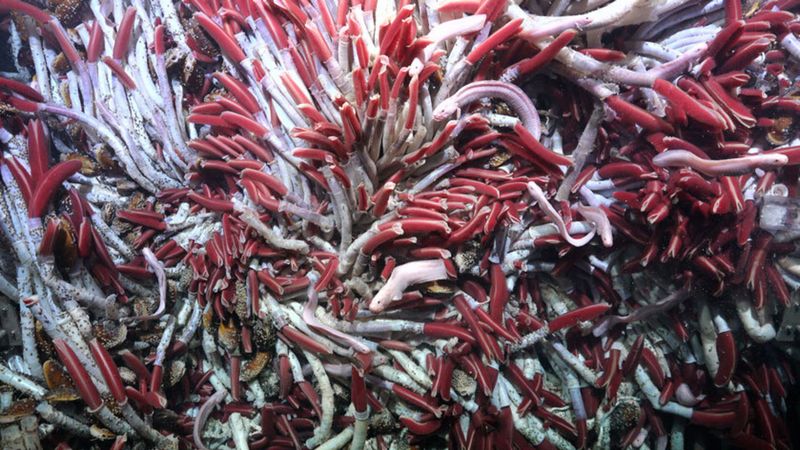
Flourishing near scorching hydrothermal vents where sunlight never reaches, these bizarre creatures don’t even need oxygen as we know it.
They form symbiotic relationships with chemosynthetic bacteria that convert toxic vent chemicals into food. Already adapted to extreme pressure, total darkness, and temperatures exceeding 750°F, what’s a little apocalypse to them?
7. Scorpions: Ancient Desert Masters
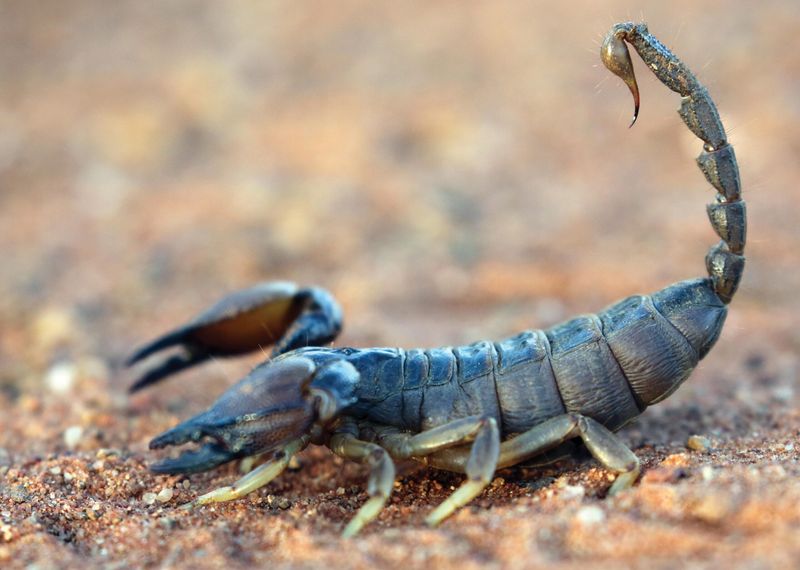
Glowing eerily under ultraviolet light, these arachnids can slow their metabolism to burn just one-tenth the energy of a typical insect. Some species survive on a single meal per year!
Their exoskeletons contain fluorescent chemicals that may help absorb harmful UV radiation. Having evolved 430 million years ago, they’ve outlasted countless species through multiple extinction events.
8. Crocodiles: Prehistoric Predators
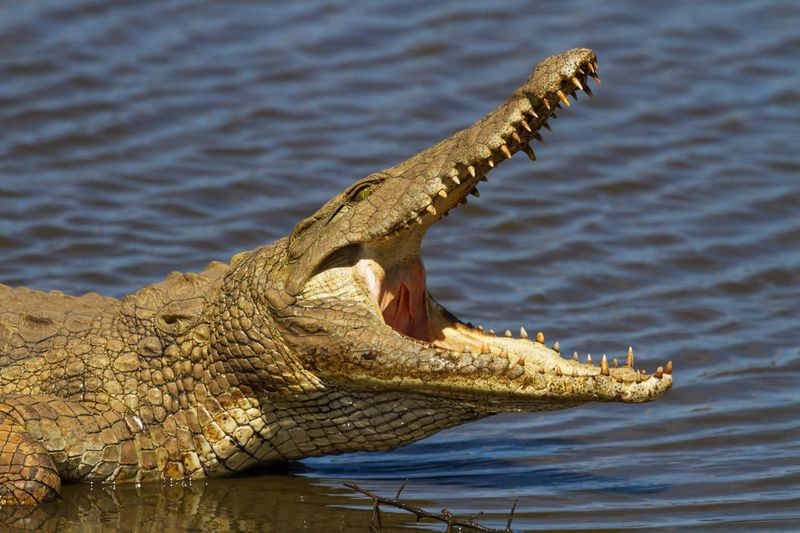
Barely changed since the dinosaur era, these armored reptiles can go months without food by slowing their heart to just 2-3 beats per minute.
Their immune systems are extraordinary, fighting off bacterial infections from rotting prey and healing wounds that would kill most animals. Some species survived the asteroid that wiped out dinosaurs, proving their apocalyptic credentials.
9. Rats: Adaptable Urban Survivors
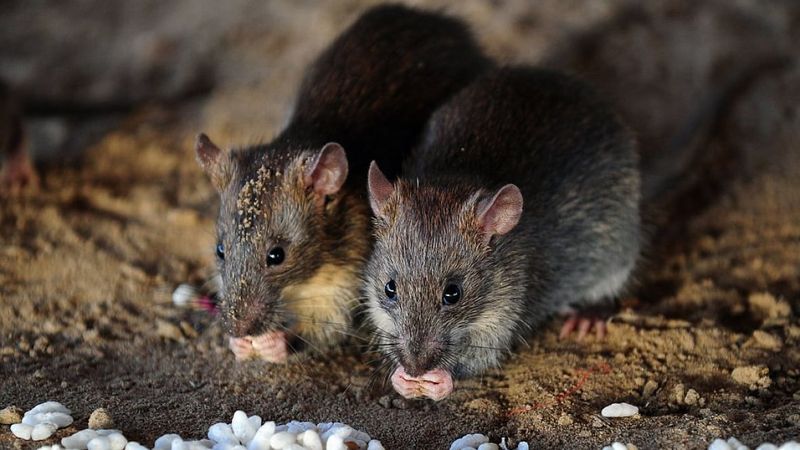
Notorious for surviving the Black Death that decimated human populations, rats can squeeze through holes the size of a quarter thanks to collapsible skeletons.
They multiply at staggering rates—a single pair could theoretically produce 15,000 descendants in a year. Their omnivorous diet lets them eat practically anything, from electrical wires to soap, making them perfect post-apocalyptic scavengers.
10. Ants: The Collective Survivors
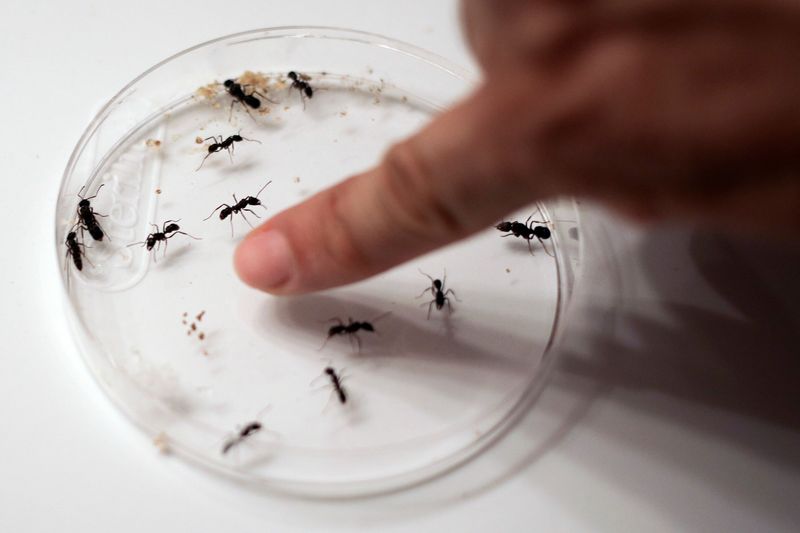
Ants have led some of the planet’s most efficient societies for over 140 million years, quietly outnumbering and outweighing humans. Certain species can form floating rafts with their own bodies to survive floods, showcasing incredible cooperation.
Collective intelligence enables them to solve complex challenges far beyond the ability of a single ant. Following nuclear testing at Bikini Atoll, they were among the first lifeforms to return, proving their astonishing resilience.
11. Camels: Desert Endurance Champions
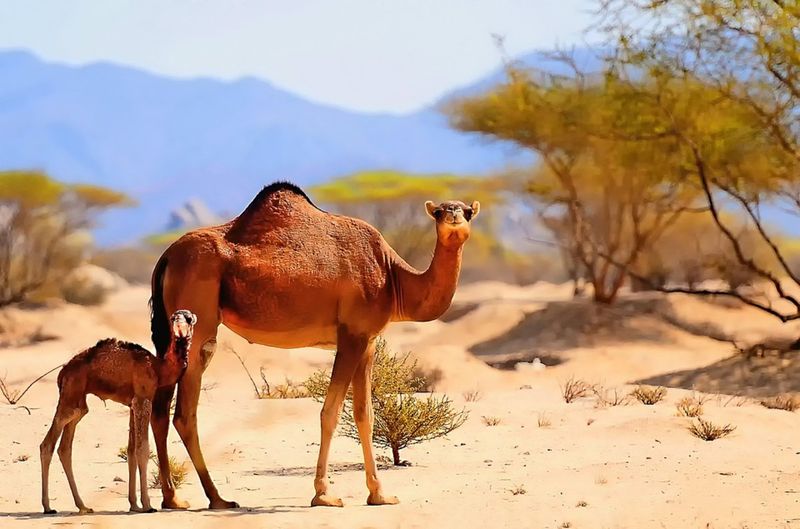
Far more than just their famous humps, these desert masters have oval-shaped blood cells that continue flowing when dehydrated, unlike our round ones that clump together.
Their nostrils trap water vapor from exhaled breath, recycling precious moisture. When water is finally found, they can drink 30 gallons in 13 minutes without suffering fatal water intoxication that would kill other mammals.
12. Sharks: Evolutionary Perfection
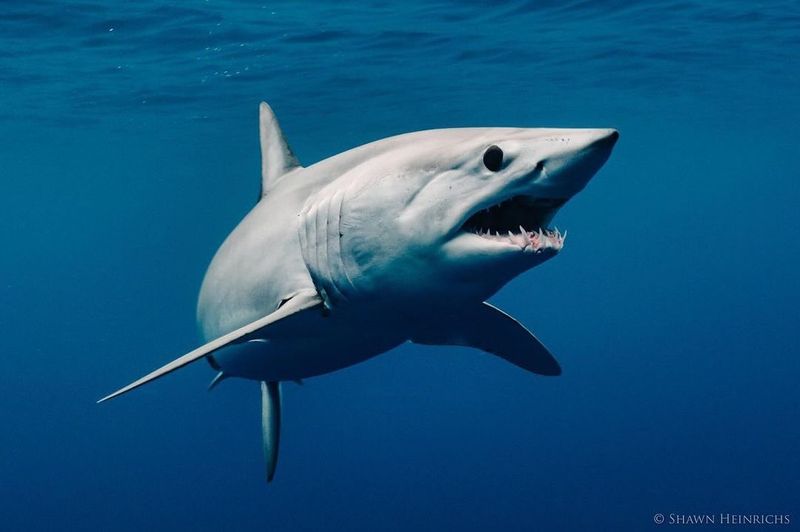
Ruling oceans for over 450 million years, sharks survived all five mass extinctions that wiped out most life on Earth. Their electrical sensitivity can detect a single battery cell from miles away.
Some species’ immune systems appear nearly impervious to cancer and infection. The Greenland shark lives over 400 years in freezing waters, with anti-freeze proteins preventing their blood from crystallizing.
13. Crows: The Feathered Geniuses
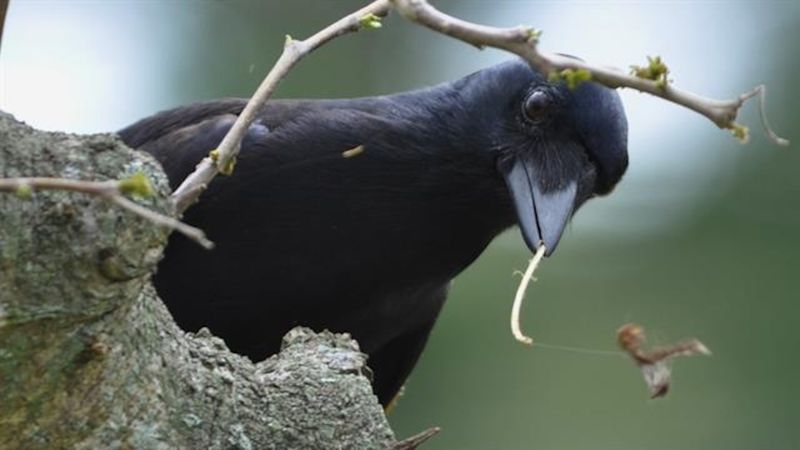
Smart enough to use tools, recognize human faces, and hold grudges for years, these black-feathered brainiacs would thrive in a post-human world.
They stage “funerals” when fellow crows die, learning about potential dangers. Their problem-solving abilities rival those of great apes, allowing them to adapt to changing environments and food sources with remarkable speed.
14. Honey Badgers: Fearless Fighters
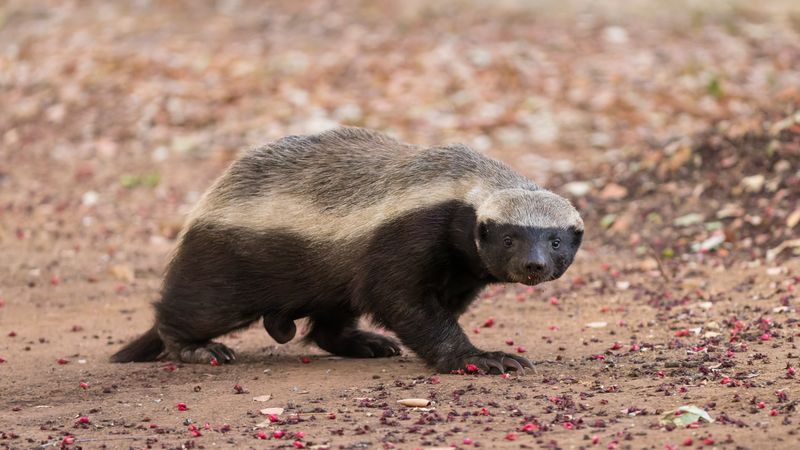
Pound for pound, few creatures match the raw bravery of the honey badger. Loose skin allows quick twists to counterattack even when firmly held.
Thick fur shrugs off bee stings, quills, and bites from much larger predators. Known to sleep off venomous snake bites, they’ve also been seen cracking turtle shells and boldly swiping meals from lions.
15. Komodo Dragons: Venomous Behemoths
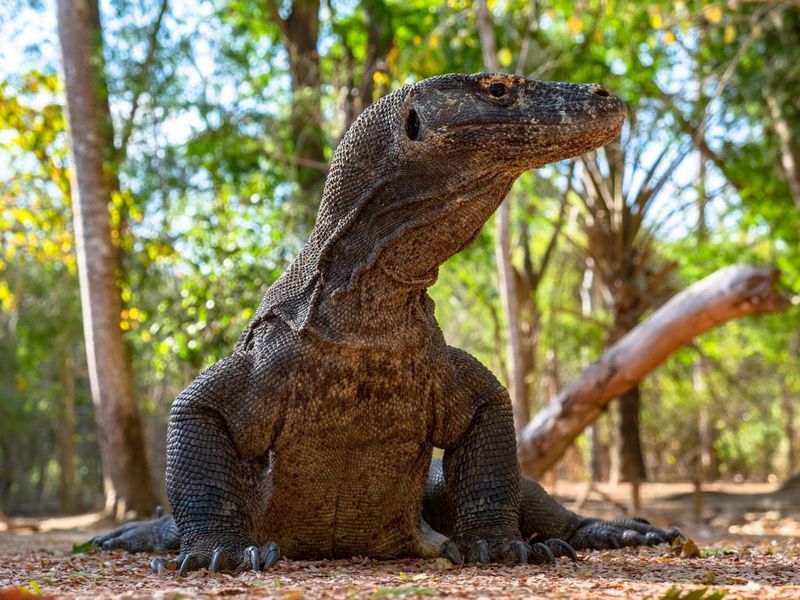
Armed with toxic bacteria-laden saliva and newly discovered venom glands, these massive lizards can take down water buffalo with a single bite, then track them for miles.
Females can reproduce without males through parthenogenesis when necessary. Their metabolism is so efficient they can survive on just 12 meals per year, making them perfectly suited for resource-scarce post-apocalyptic landscapes.

